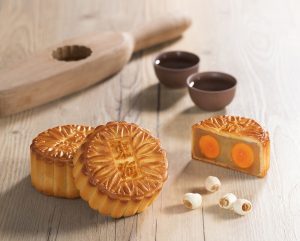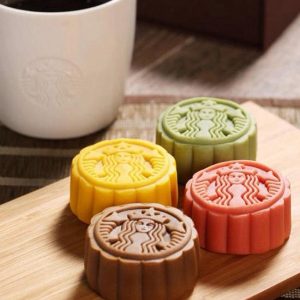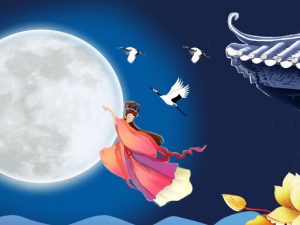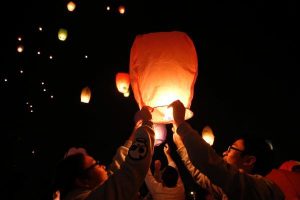Culture| How Chinese Celebrate Mid-Autumn Festival?
Mid-Autumn Festival,中秋节 (Zhōng Qiū Jié) as it’s known in China, is the 15th day of the 8th month in the lunar calendar. Each year, it falls in either September or October on the solar calendar.
The Festival has a long history as well as special importance in China. It was originally a harvest festival, when families would gather together and appreciate the “团圆 (tuán yuán)”, also known as “reunion”. It is now a very similar occasion to the Thanksgiving holiday in Western culture.
In modern days, the Chinese honor ancient traditions but also have developed some new ways to celebrate this meaningful festival.
Eating Mooncakes—symbolic food
Mooncakes are typically round, symbolizing the full round moon of the mid-autumn festival. The taste of mooncakes varies, region by region, as Chinese in different regions have different preferences. In Northern China, mooncakes are usually made with egg yolks, are sweet, and are filled with sweet bean or lotus seed paste. In the south of China, though, people may prefer mooncakes with savory fillings. Major brands, such as Starbucks and Häagen-Dazs will even launch mooncakes to cater to the Chinese market.

traditional mooncakes

modern mooncakes from Starbucks
Appreciate and Worship the Full Moon
In Chinese beliefs, the full moon is the symbol of a family reunion. Many ancient poets wrote poems about the moon and expressed their longing for home and family. When people look at the moon, it reminds them of their family. Modern people still take time to appreciate the moon’s lovely glow during the Mid-Autumn Festival in China.
Although some customs are carried over from ancient times, other traditions don’t survive. For example, ancient Chinese people would put a table outside their homes and would put mooncakes, fruits, and candles as sacrifices to the moon. They would leave these facing the moon along with saying prayers for good fortune. People believed that the moon governed all important events, and also they wanted to give gifts to memorialize the goddess of the moon — 嫦娥 Chang’e, who flew to the moon to save humans.

Lighting and Hanging Lanterns
Another interesting Mid-Autumn Festival custom is hanging up lanterns, made from bamboo and with various designs, such as birds, dragons, and flowers.
Children especially enjoy this part of the festival, as they can make their own traditional lanterns. When darkness falls, locals place candles inside the lanterns and hang them outside. It is said that the higher the lanterns are hung, the luckier the family will be.

New Ways of Celebrating
Chinese people usually have a 3-day holiday for the festival. In 2020, though, the Mid-Autumn Festival falls on the 1st of October, which is the same day as Chinese National Day and the beginning of the Golden Week. Therefore, this year, Chinese people will have an 8-day holiday, the second-longest holiday after Spring Festival. Also, tourist attractions and transportation have returned to normal in China, so the coming holiday will be a travel peak.
Chinese festivals usually stem from myths and have profound meanings. Understanding festivals is an important part of learning a language- to know the culture and the importance of festivals gives context to the language. If you want to discover more facts about Chinese festivals, visit us at Lingo Bus! Register now and access our free resources!
Access to Chinese Culture Facts!

